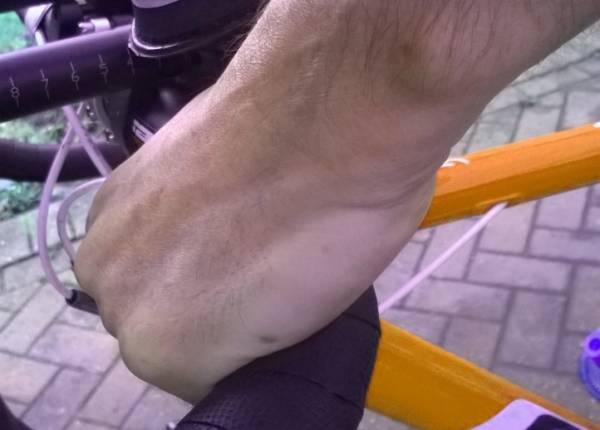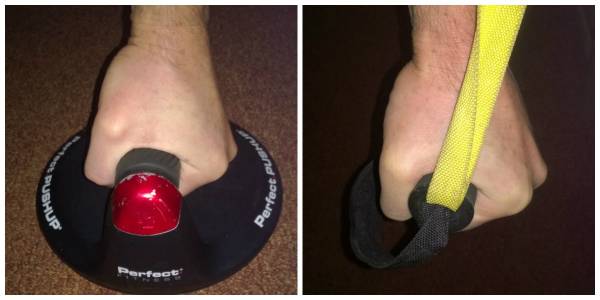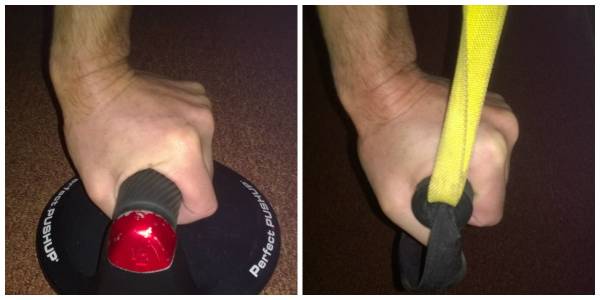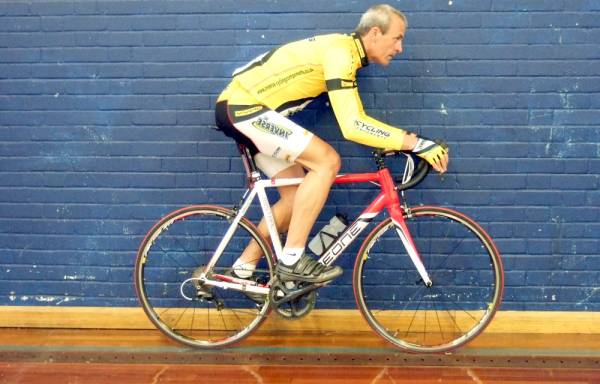<strong”>A few years ago, I suffered from carpel tunnel injury. It came on after a long cycle ride, and as a result, I was unable to properly use one hand for most of a week. That’s bad news if you use a keyboard a lot.
One of the potential causes of carpel tunnel injury is incorrect hand position on the bike and this can often be missed on a standard bike fitting assessment. Here are the dos and don’ts of hand position so you can keep your wrists and elbows injury free.
RELATED: How to Identify and Avoid Carpal Tunnel Syndrome
The Correct Position for the Wrist
The carpel tunnel is a small gap between the many small wrist bones and a flat ligament at the base of the wrist. Ten tendons go through this small tunnel and are responsible for flexing the hand and fingers. A nerve also passes through this tunnel. Degeneration or mechanical stress can easily injure these small tissues resulting in a loss of function of the hand.
<strong”>Riding with the wrist flexed like this stresses these small tissues:
I see this position quite often when I conduct rider assessments. This hand position can lead to injury for two reasons:
- The tendons are stretched to near full length.
- Vibration or impact from the front wheel, such as a bump in the road, can then cause a trauma as the wrist is forced to extend too far.
RELATED: 3 Stretches to Help Achy Wrists and Prevent Carpal Tunnel
The correct position is with the wrist straight like this:

This position allows shock to travel up the arm while supported by the bones and cartilage, which are much stronger tissues than the fine tendons and ligaments supporting the fingers.
Assess and Control Weak Wrist Flexors
One reason we ride incorrectly is simply due to lack of knowledge or bad habits. But another reason can be weak wrist flexors. If you are a regular gym-goer, there are some tests you can do with pressing exercises to assess and control these flexors.
“One reason we ride incorrectly is simply due to lack of knowledge or bad habits. But another reason can be weak wrist flexors.”
To conduct the test of your hand position you will need a set of grips, a suspension trainer, or a set of rings. You are going to check for correct wrist alignment while you perform a push up on this gear.
Correct wrist position:

Incorrect wrist position:

Elbow Position Is Important, Too
Avoiding injury doesn’t end at hand position, though. Should you hit a large bump in the road, and you manage to avoid wrist injury, the shock will continue to travel up the arm to the elbow. This is the second potential area of injury due to incorrect position.
RELATED: Standing Wall Clock: Address Elbow Pain Before It Continues
Elbows should be slightly flexed like the cyclist shown here:

This allows any movement of the handlebars to be taken up by the elbow flexing. If you ride with your elbows stiff or locked, then vibration and shocks may extend the elbow too far and lead to trauma.
“You can’t react quickly or accommodate for changes in road surface if your elbows are locked out and wrists fully extended.”
Summary
Mountain bikers are familiar with the concept of keeping the upper body in a position where it can easily accommodate for changes in the position of the bike and rapid movements of the handlebars. But the same holds true on the road. You can’t react quickly or accommodate for changes in road surface if your elbows are locked out and wrists fully extended.
So, please remember to keep your wrists straight and elbows flexed when out on the bike. Here’s to enjoyable and injury-free riding!






